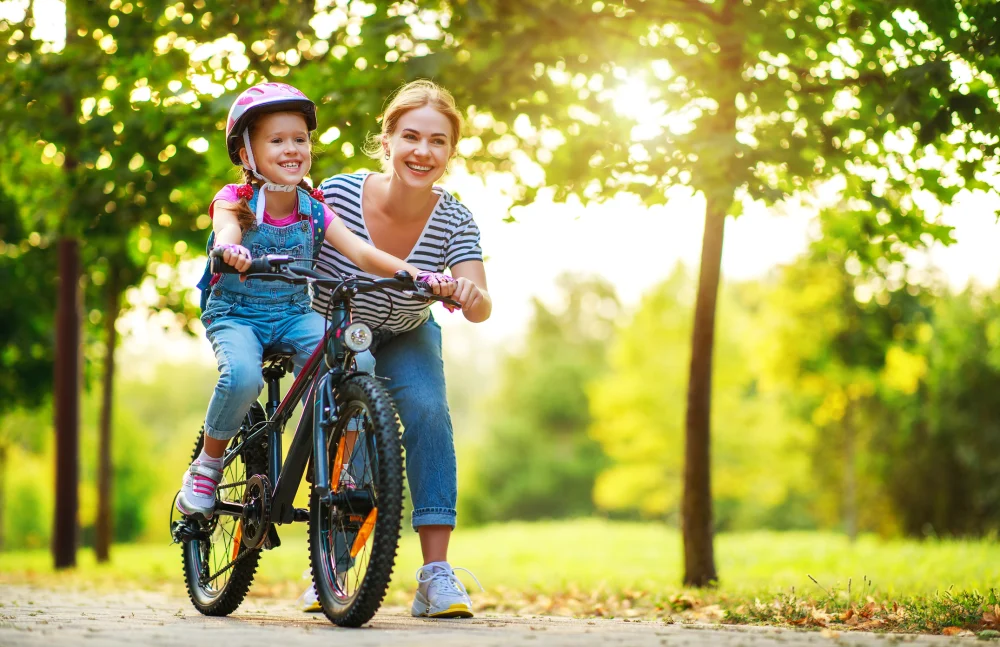
- choose-the-right-bike-size-for-your-child
- start-with-balance-skills-first
- transition-to-pedaling-at-their-pace
- select-the-right-learning-environment
- teach-braking-and-turning-confidently
- celebrate-small-wins-and-keep-it-fun
- common-challenges-and-how-to-overcome-them
- real-parent-experiences-that-inspire
1. Choose the Right Bike Size for Your Child
One of the most common mistakes when teaching kids to ride a bike is starting them on the wrong size. A bike that’s too tall can intimidate them and lead to falls, while one that's too small can restrict movement and hinder progress. Use your child's inseam measurement and cross-check it with the wheel size—most young beginners fit best on 12” or 16” wheels.
Tip: Their feet should touch the ground flat when sitting on the saddle. Sites like Cycling Guider offer excellent size charts and product suggestions tailored by age and height.
2. Start with Balance Skills First
Balance is the foundation of bike riding. Instead of training wheels, start with a balance bike or remove the pedals from a regular bike. Let your child scoot along using their feet, learning how to steer and stabilize without the complexity of pedaling.
This method, known as the “balance-first” approach, has been proven more effective than traditional training wheels. Many parents report that kids who master balance bikes can transition to pedaling in just a few days.
3. Transition to Pedaling at Their Pace
Once your child is coasting comfortably and steering well, it’s time to reintroduce the pedals. Choose a slight downward slope to give them momentum without having to push too hard. Stand behind them, holding gently at the armpits instead of the seat—this keeps them more centered and better able to find their balance.
Let them set the pace. If they want to stop after ten minutes, that’s okay. Confidence builds over time. Don’t rush it.
4. Select the Right Learning Environment
An ideal learning space is a quiet, flat area free from distractions—think empty parking lots, quiet cul-de-sacs, or wide, grassy parks. Avoid areas with hills, crowds, or uneven surfaces until they’re more confident.
Some families create makeshift “bike lanes” with cones or sidewalk chalk to help kids understand direction and spatial awareness.
5. Teach Braking and Turning Confidently
Don’t wait until they’re riding full-speed to talk about brakes. Teach them to gently squeeze brake levers or push back on coaster brakes from day one. Set up mini games like “brake at the cone” to practice.
Turning is best learned with wide curves at first. Encourage them to look in the direction they want to go—this naturally shifts their body and makes turning smoother.
6. Celebrate Small Wins and Keep It Fun
Learning to ride should never feel like a chore. Celebrate every milestone, whether it’s ten feet of unassisted riding or simply trying again after a fall. Use positive language like “You’re getting stronger each time!” or “That was your best try yet!”
Reward systems like stickers or fun ride destinations (like a nearby ice cream shop) add extra motivation.
7. Common Challenges and How to Overcome Them
It’s normal for kids to resist or get frustrated. Fear of falling is the top reason many hesitate. Some parents find success using light elbow/knee pads—not because they’re needed, but because they give kids a sense of protection.
If your child is afraid of being watched, avoid crowded parks. Make it a one-on-one experience at first. And remember: no child learns on the same timeline. Consistency matters more than speed.
8. Real Parent Experiences That Inspire
Melissa, a mom of three from Austin, shares: “My youngest refused to touch a bike for weeks. Then we switched to a frog-themed balance bike, and suddenly he wanted to ride every morning. It wasn’t about ability—it was about motivation.”
Real stories like this, many of which are shared through Cycling Guider, remind us that success often comes with a mix of patience, humor, and trial-and-error.

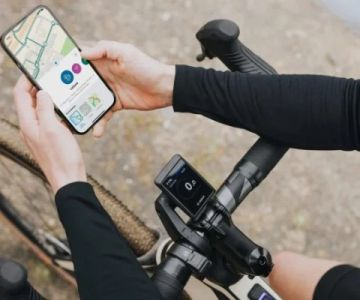
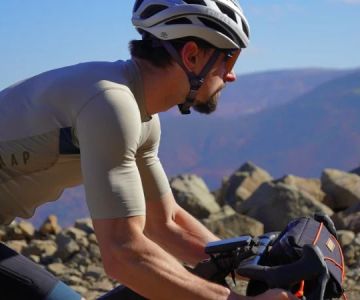
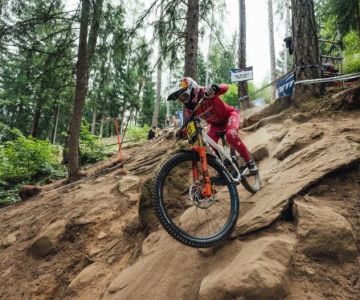
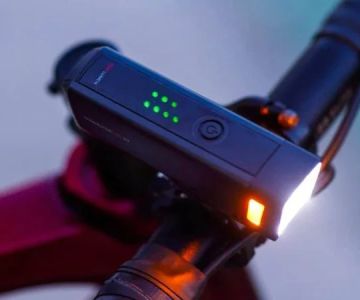
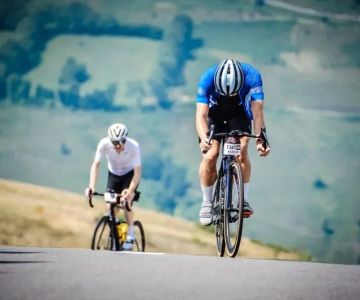
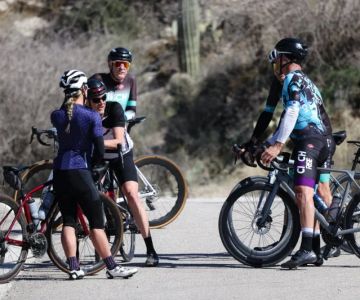
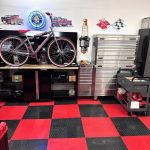 Billet BMX5.0 (2 reviews)
Billet BMX5.0 (2 reviews)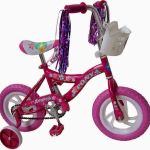 Far East Children Bicycle Factory1.0 (1 reviews)
Far East Children Bicycle Factory1.0 (1 reviews)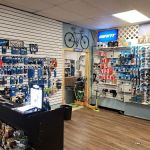 Archer Motorsports, Inc.4.0 (8 reviews)
Archer Motorsports, Inc.4.0 (8 reviews) YEP Bike Works4.0 (55 reviews)
YEP Bike Works4.0 (55 reviews)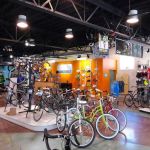 Gorham Bike & Ski4.0 (498 reviews)
Gorham Bike & Ski4.0 (498 reviews)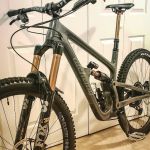 Alchemy Bikes4.0 (37 reviews)
Alchemy Bikes4.0 (37 reviews) How to Teach Kids to Ride a Bike: A Step-by-Step Guide for Parents
How to Teach Kids to Ride a Bike: A Step-by-Step Guide for Parents Tips for Riding on Busy City Streets: Smart Strategies for Urban Cyclists
Tips for Riding on Busy City Streets: Smart Strategies for Urban Cyclists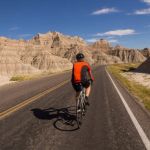 Best US National Parks for Mountain Biking: Ride Epic Trails Across America
Best US National Parks for Mountain Biking: Ride Epic Trails Across America Best Aero Helmets for Time Trials and Racing
Best Aero Helmets for Time Trials and Racing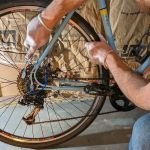 How to Clean and Lubricate Your Bike Chain Like a Pro
How to Clean and Lubricate Your Bike Chain Like a Pro 10 Must-Have Items for Long-Distance Cycling Trips
10 Must-Have Items for Long-Distance Cycling Trips